Vickers WELLINGTON Mk IC
R1408 (code OJ-J)
Plouzané - "Kerborhel" (29)
(contributors : Daniel Dahiot, Jonathan Ives, Philippe Dufrasne, Frédéric Hénoff)

© artwork Jean-Marie Guillou

Vickers Wellington Mk IC of no 149 Squadron RAF circa August 1940. Aircrafts coded "OJ-N" and "OJ-W" took part in the mission of July 1, 1941.
© IWM (HU 107812) - public domain
Crew (149 Squadron RAF 'East India')
All crew members buried in Plouzané cemetery
Pilot Officer (pilot) John Ellis HORSFIELD, (service number 88864, RAFVR) aged 20, K.I.A..
Son of Herbert Ellis and Freda Adelaide HORSFIELD, Beckenham, Kent (England).
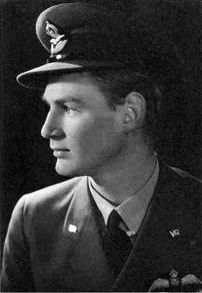
Pilot Officer John Ellis HORSFIELD
photo with courtesy of WW2 People's War archive - BBC website
Sergeant (pilot) Bryan Daniel James KENNEDY(service number 401768, RNZAF), aged 25, K.I.A.
Son of Michael Aloysius and Kathleen Amelia KENNEDY.
Brother of Alice, Naughton, Terrence, Claire, Barbara, Barry and Christopher KENNEDY.
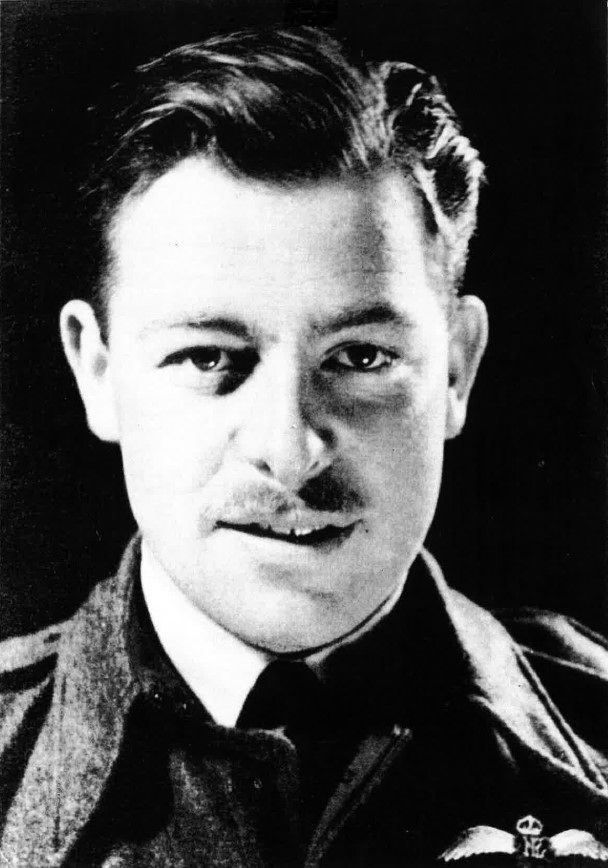
Sergeant Bryan Daniel James KENNEDY
Photo © International Bomber Command Centre
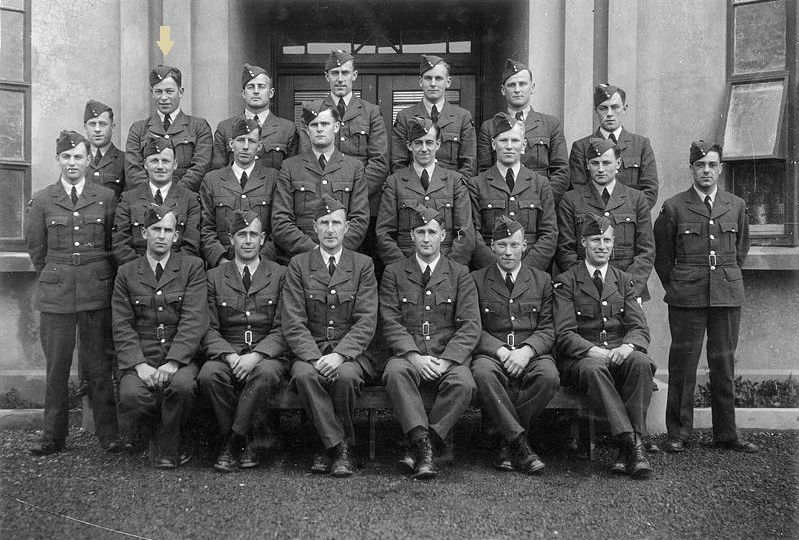
Sergeant Bryan Daniel James KENNEDY (arrow)
Photo © International Bomber Command Centre
Pilot Officer (observateur) George Frederick BURBIDGE, (service number 60078 RAFVR), aged 27, K.I.A.
Born in 1914 in Watford, Watford Borough, Hertfordshire (England)
Son of George Frederick and Victoria Maud BURBIDGE.
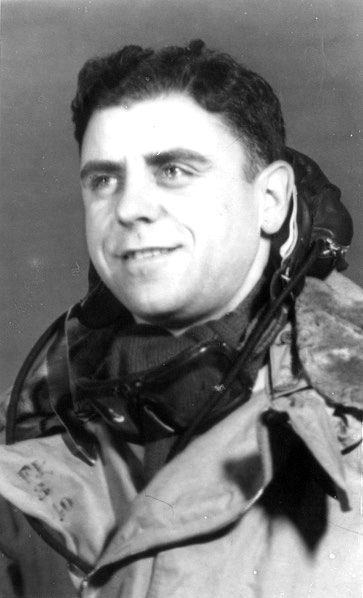
Pilot Officer George Frederick BURBIDGE
Photo with courtesy of Valerie Lissette - Burbidge family
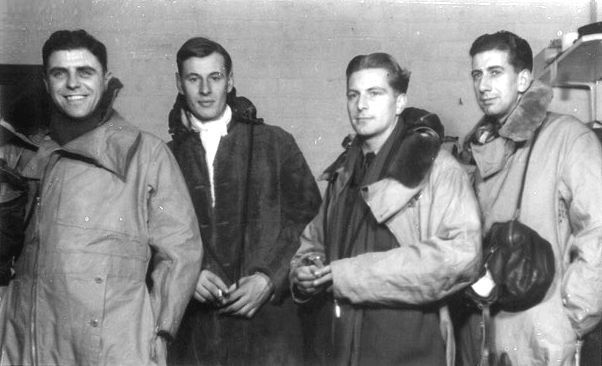
Pilot Officer George Frederick BURBIDGE (first on the left)
Photo with courtesy of Valerie Lissette - Burbidge family
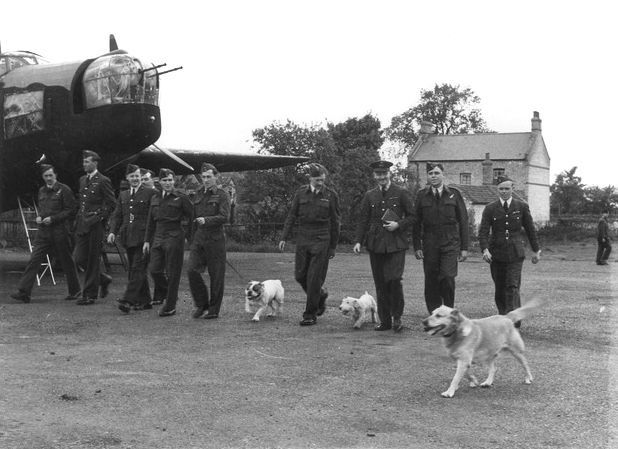
Pilot Officer George Frederick BURBIDGE (second from the right)
Photo with courtesy of Valerie Lissette - Burbidge family
Sergeant (wire. ope., air gunner) Francis Theodore KEARNEY, (service number 650014, RAF), aged 22, K.I.A.
Francis T. Kearney was born on January 10th, 1919 in Oldham, Lancashire
Nephew of Mrs Austral R. MADELEY, Chadderton, Lancashire (England).
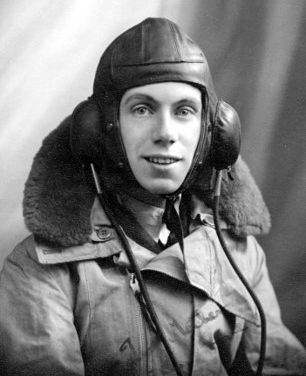

Sergeant Francis Theodore KEARNEY
Photos with courtesy of Becca essJup - Kearney family
Sergeant (wire. ope., air gunner) James Copeland ROBERTSON, (service number 997198, RAFVR), aged 26, K.I.A.
Born in India on September 13th, 1914.



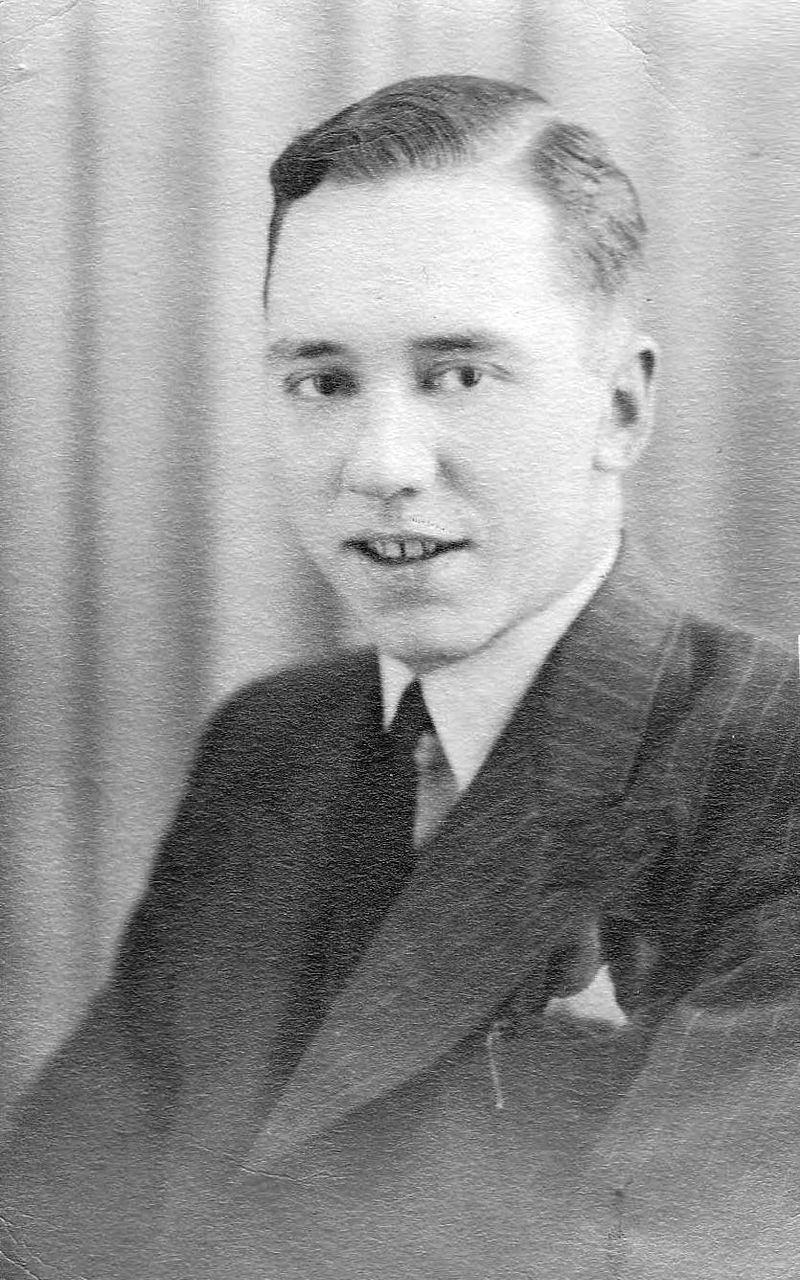
Sergeant James Copeland ROBERTSON
Photos with courtesy of Karen Yeoman - Robertson family
Pilot Officer (air gunner) John Farmer PHILPOTT, (service number 85709, RAFVR), aged 36, K.I.A.
Son of reverend Robert George Kenrick Farmer and Fanny Philpott, Worcester, Worcestershire (England).

 .
.
The Philpott family. John Farmer PHILPOTT is the young man on the back top row.
The young boy on the front row is his young brother, Peter Philpott, whowent on to have
a very long and distinguished career in the RAF rising to the high rank of Air Vice Marshall.
Photos with courtesy of Mark Singleton - Philpott family
THE STORY
• The attack
This Tuesday, July 1, 1941, 63 Wellington bombers took off from England for a bombing mission targetting the German cruisers Scharnhorst, Gneisenau and Prinz Eugen, anchored in the harbor of Brest. This group of Wellingtons of the Royal Air Force was divided into two sub-groups, groups II and III, a 1st group of 5 aircrafts having been sent to Cherbourg. A source indicates that the composition of these planes was as follows :
Group II :
- 11 aircrafts of No 9 Squadron (plus a Wellington sent to bomb the docks and ships in the harbor of Cherbourg)
- 10 aircrafts of No 99 Squadron
- 9 aircrafts of No 101 Squadron
- 15 aircrafts of No 149 Squadron.
Group III :
- 8 aircrafts of No 311 Squadron (plus 4 Wellington sent over Cherbourg)
- 10 aircrafts of No 99 Squadron.
The raid was carried out between 11:11 p.m. (July 1) and 5:05 a.m. (July 2). The results were difficult to see because of the haze and smoke on the harbor. The tonnage of bombs dropped that night was :
On harbor facilities and Scharnhorst (aircrafts of Group II) :
- 31.9 tons of 2,000 lb bombs including three 2,000 lb A.P. bombs ("Armour Piercing" i.e. penetrating bombs)
- 31,9 tons of 1,000 lb bombs
On Prinz Eugen (aircrafts of Group III) :
- 30.2 tons divided into 7 x 1,000 lb bombs, 1,156 x 500 lb SAP bombs and 11 x 250 lb SAP bombs (SAP: "Semi Armour Piercing")
Two Wellingtons were lost during this raid : Wellington Mk IC R1408 was one of these two aircrafts, the other being Wellington Mk IC R1343. The Wellingtons of No. 149 Squadron had left RAF Mildenhall, Suffolk, where they had been based since April 1937. Since January 1939, this Squadron had been equipped with Wellington Mk I, IA and IC, which had replaced the old Handley Page Heyford. These Wellingtons were used until December 1941, then were replaced by Short Stirlings. The first Wellington took off from the field at 10:38 p.m. on the evening of July 1: it was Wellington Mk. IC R1343, which unfortunately was shot down that night. Distraught, the plane crashed near the Prinz Eugen, on the rockfills of the commercial harbor where it remained exposed for a long time. The crew was buried on July 7, 1941 in the Kerfautras cemetery in Brest, "coming from the maritime hospital" according to the cemetery's convoy register.
As for the Wellington Mk. IC R1408, it took off at 22:41. According to the 149 Squadron ORB, two layers of haze on the ground and about 5,000 feet above Brest, made identification of any targets impossible. As a result, some aircrafts returned to base with their load of bombs, others dropped them. As an example, Wellington T2737 (code OJ-A), remained nearly 45 minutes above Brest without dropping its bombs. The Wellington W5718 (code OJ-O) also brought back its bombs ; it stayed 25 minutes (1:20 to 1:45 am) at 9,500 feet over Brest but did not drop its load due to the smokescreen. It then headed for Cherbourg, the second target, but did not drop any bombs either because of similar conditions. The ORB reveals to us that the other planes dropped their bombs in one stick.
The Wellington Mk. IC R1408 crashed at Plouzané, south-east of 'Kerborhel en Plouzané'. A source indicates that the plane would have struck captive balloons above the ships (website France-Crashes 39-45). A witness says: "one night, we were awakened by a huge noise during a bombardment ; it was an English bomber coming from bombing Brest which had just been hit ; it crashed towards Kerborhel. Bombs exploded when it touched down and the crew of six, including a woman, (sic) were killed. The airmen were buried on site ; despite the prohibition, people came and laid flowers on their graves. Finally the Germans had buried them in Plouzané, in the cemetery where their graves continue to be decorated with flowers. Mr. Joz Gentil, carpenter, was appointed for the coffins. The coffins were transported by two or three carts, and followed by the convoy. The Germans were in the town ; there was a sentry on every street. There were three salutes of honor fired."
• On the German side
The Prinz Eugen was hit by a bomb which penetrated the port bow, exploded in the depths and ravaged the central gunnery and navigation stations. There were 50 (or 51) people killed on board, including the second in command, the 1st Officer. Otto Stoss.
- Extract from "Kreuzer Prinz Eugen...unter 3 Flaggen" (Paul Schmalenbach, 1978)
July 2, 1941
12:40 a.m. : air alert
01:44 a.m. : hit by a bomb from a string of six. The bomb pierces the gunwale (the gutter furring) on the port side, the battery deck, the intermediate deck as well as the armored deck and the upper deck, in section X. The forward fire control station, the command center, the artillery switching station and the gyrocompass room are seriously damaged, the power plant 3 is less damaged, shrapnel passes through the double wall inside and outside, so that water from the dock - pre-flooded (water intended for cooling and fire-fighting!) - enters the ship to a height of about 1 meter.
42 dead were found in the three days that followed. 31 seriously injured people were sent to hospitals in Brest and near Paris, many of whom still died, sometimes after several weeks. In total, 60 comrades were victims of the attack, including the second officer present in the command center, Fregattenkapitän Otto Stoß. Most of the dead were buried on July 6 in the Brest-Kerfautras* cemetery.
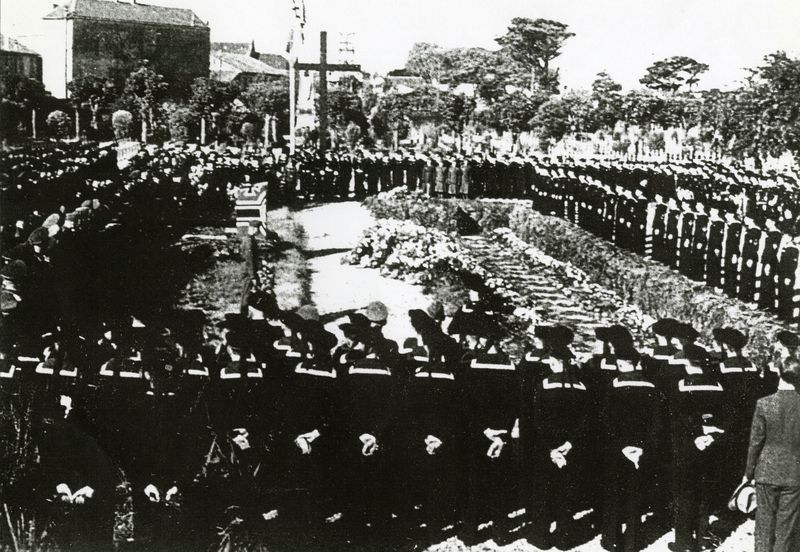
Funeral of the 50 German victims in Brest-Kerfautras after the bombardment of the "Prinz Eugen
Photo ©Y.Caroff collection via Archives de Brest (reference 12Fi2365)
The material consequences of the hit are also disastrous. As the aft fire control station and the corresponding switching station are not equipped, the ship is practically deprived of any possibility of naval target artillery guidance and is therefore not operational. Discussions with the Brest arsenal establish that repair work on the ship cannot be completed before November 10. Refitting the cabling will take even more time.
This is why on July 7, a telex was sent to the Oberkommando der Kriegsmarine requesting that the fire guidance system parts (planned for other ships under construction) be released for assembly in Brest. These include not only the parts of the artillery guidance installation already mentioned, but also the two front flak fire control stations with corresponding computers, electrical cabinets and accessories. On July 10, the Oberkommando der Kriegsmarine authorized the installation of the missing devices - A diesel-electric railcar from the French railways was installed in front of the ship as a power plant. During the fall, a steam locomotive will be added as an auxiliary boiler for heating.
On July 24, 21 leavers were injured while rescuing French people buried during an air attack.
According to the time of immobilization which will certainly last until December, part of the crew is temporarily disembarked: The I. AO (First Artillery Officer), and part of the crew of the naval target artillery service return to Germany for gunnery practice on sister ship ADMIRAL HIPPER. Part of the crew leaves the ship to follow non-commissioned officer training, many junior non-commissioned officers will follow senior non-commissioned officer training courses. Some return on board having passed the exam.
* Transferred in 1966 to the Ploudaniel-Lesneven military cemetery, north of Brest, the latter inaugurated on September 7, 1968.
- Extract from the report on the bombing of the "Prinz Eugen" on the night of 1 to 2.7.1941 – Logbook (Kriegstagebuch).
Combat medical report from the cruiser Prinz Eugen concerning the English air attack of July 2, 1941.
On 2.7.1941, the air alert was given on board at 00:45, because English aviators were trying to attack Brest. At 1:45 a.m., a stick of bombs fell in the immediate vicinity of the ship in dry dock, masked by camouflage nets and smoke. One of these bombs (probably a 500 kg armor-piercing bomb) struck the upper deck on the port side, at the level of sections IX and X, passed through the upper deck, the battery deck, the middle deck, the armor deck and exploded between the lower and upper decks. The forward fire control position, the forward fire switching station, the forward fire direction position and the command center were partly completely destroyed and the soldiers there were either killed or poisoned by the fumes or burnt.
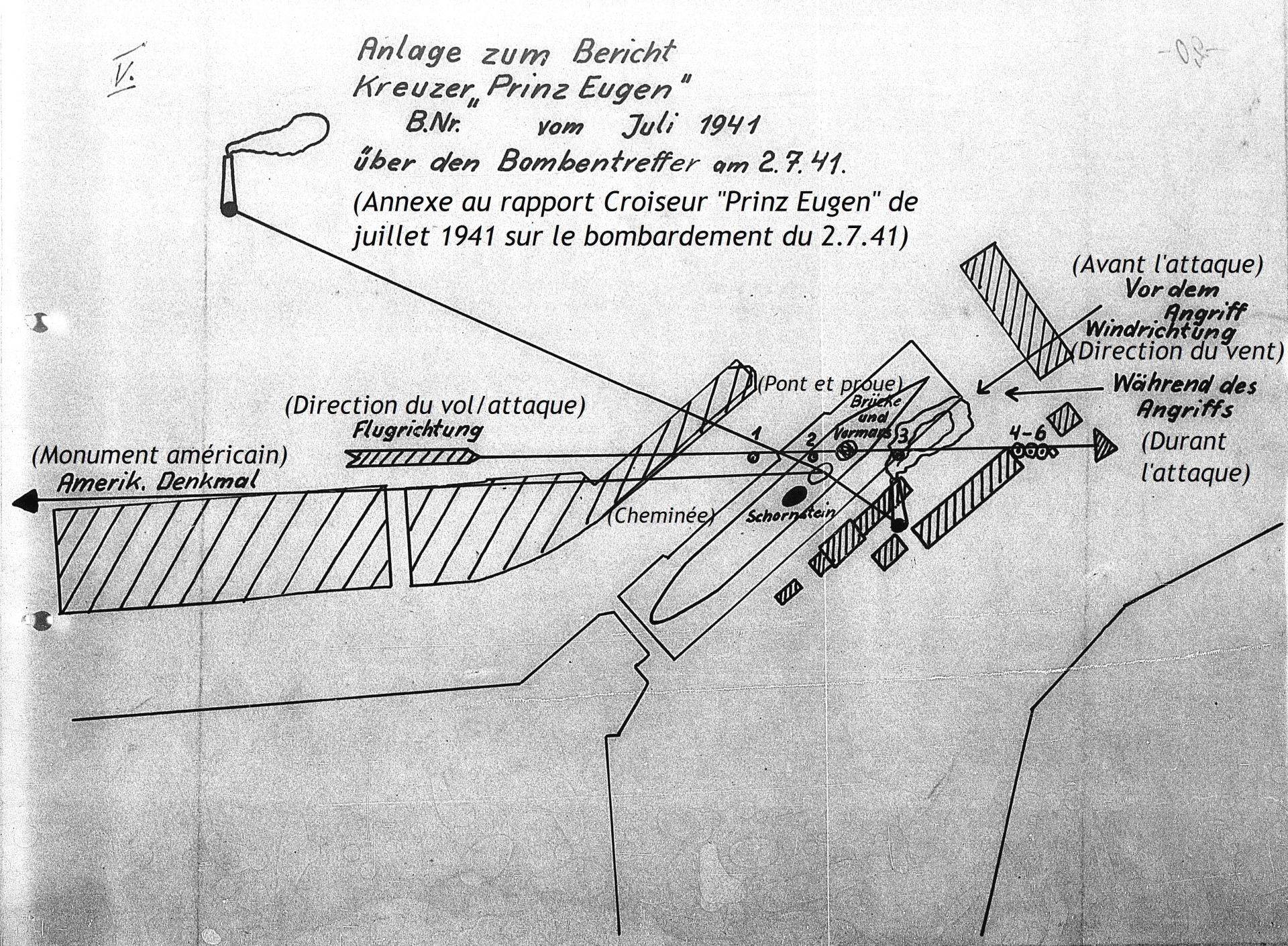
Scheme of the attack - Report from the cruiser Prinz Eugen
Sources :
• Roland Bohn - "Raids aériens sur la Bretagne durant la seconde guerre mondiale".
• Brest 39/45 - Chronologie d'une guerre
• "The Bomber Command War Diaries : An Operational Reference Book 1939-1945" - Authors, Martin Middlebrook, Chris Everitt
• "A l'ombre de deux clochers: la vie de tous les jours à Plouzané de 1920 à 1951", Yvonne Briant-Cadiou (Pages. 191-192).- Editions nouvelles du Finistère, 1994
• Archives Municipales de Brest (Finistère, Brittany, France)
• Kreuzer Prinz Eugen...unter 3 Flaggen / Paul Schmalenbach, 1978
• Prinz Eugen - Kriegstagebuch
ANECDOTE
By a curious coincidence, David KENNEDY, the nephew of pilot Bryan KENNEDY, who works in New Zealand in the Antarctic sector, is in contact with the French Polar Institute which is based in... Plouzané ! This is why he asked this Institute a few years ago to kindly decorate the grave of Bryan KENNEDY with flowers and to add the document below. The world is really small !
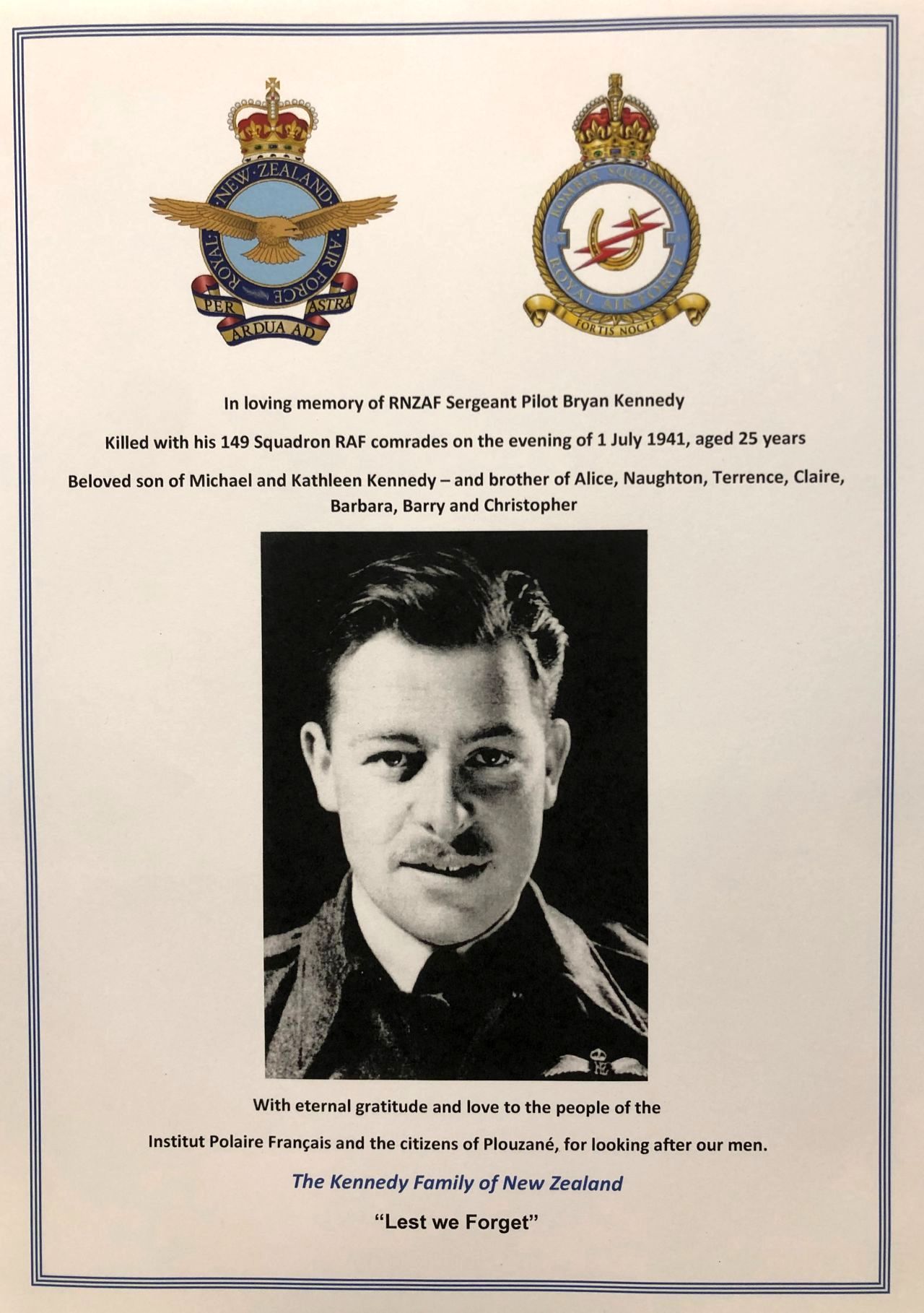
Document sent by the KENNEDY family to the French Polar Institute based in Plouzané to be placed in the cemetery on the
pilot's grave New Zealander Bryan KENNEDY. The KENNEDY family thanks the Institute and the citizens of Plouzané.
Kennedy family collection
IN MEMORIAM
Graves of the crew members at the Plouzané municipal cemetery (29)
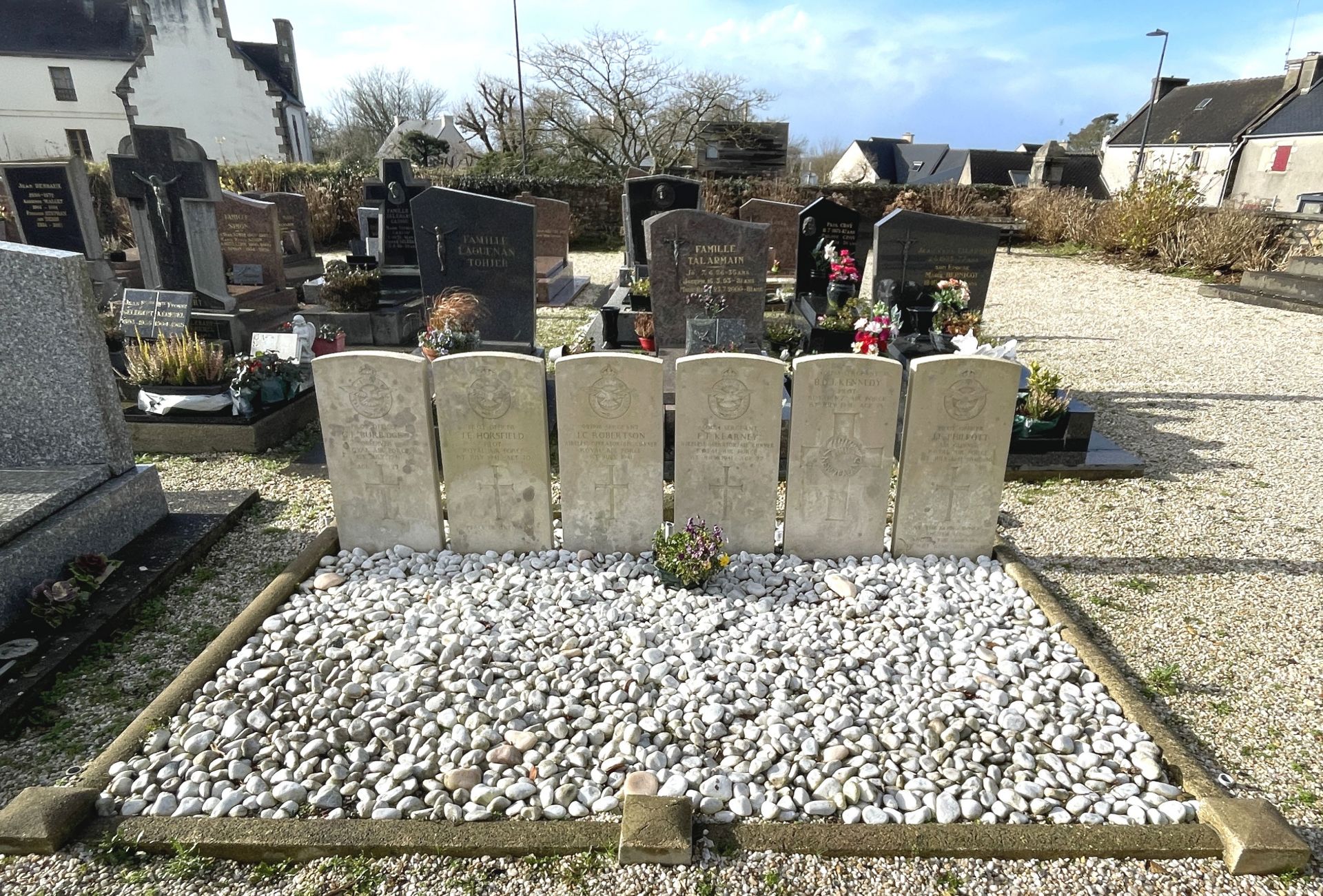
The graves of the 6 airmen are side by side.
Photo ABSA 39-45 (collection Benoît Paquet)

Graves of Pilot Officer BURBIDGE and Pilot Officer HORSFIELD.
Photo ABSA 39-45 (collection Benoît Paquet)
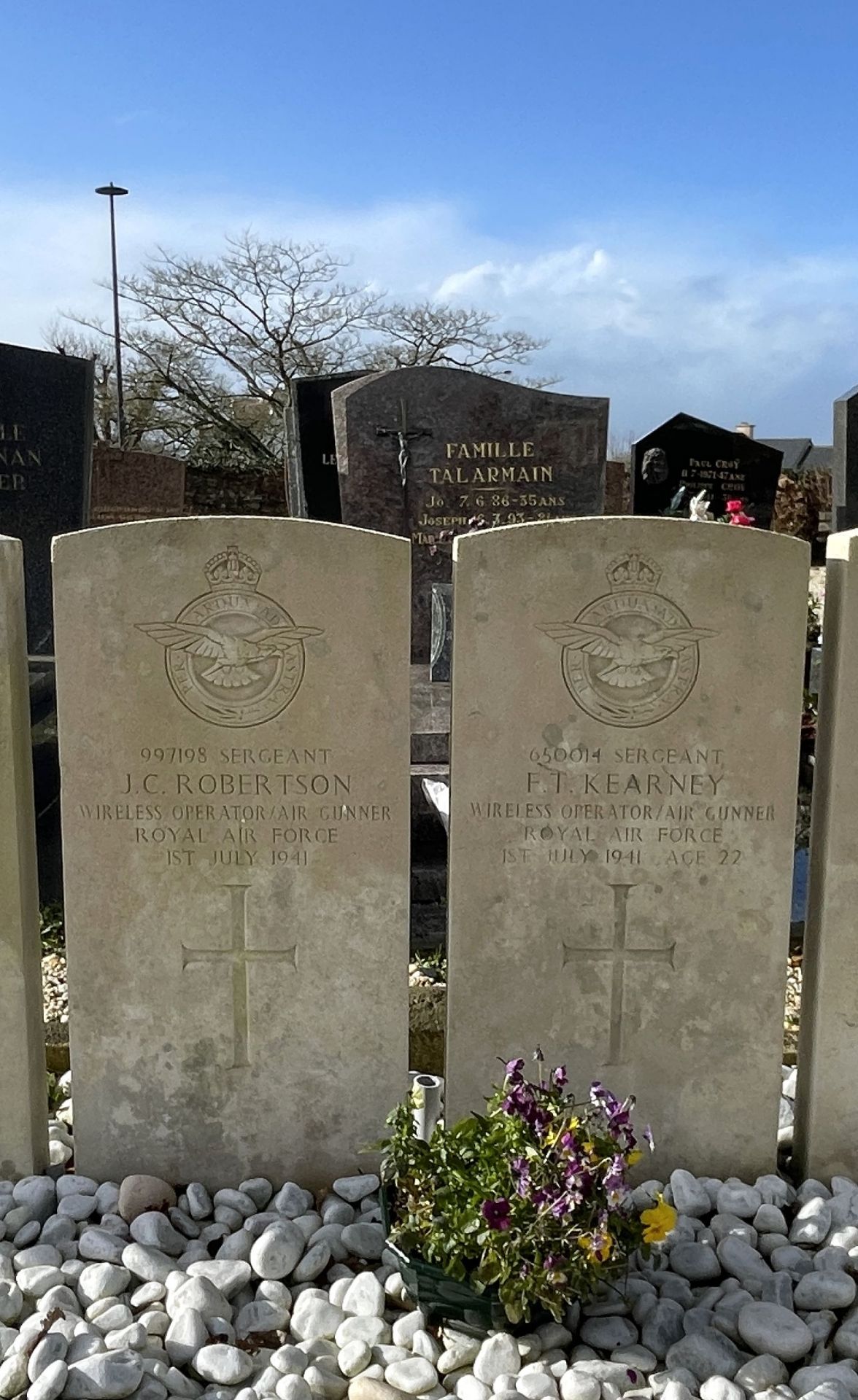
Graves of Sergeant ROBERTSON and Sergeant KEARNEY.
Photo ABSA 39-45 (collection Benoît Paquet)
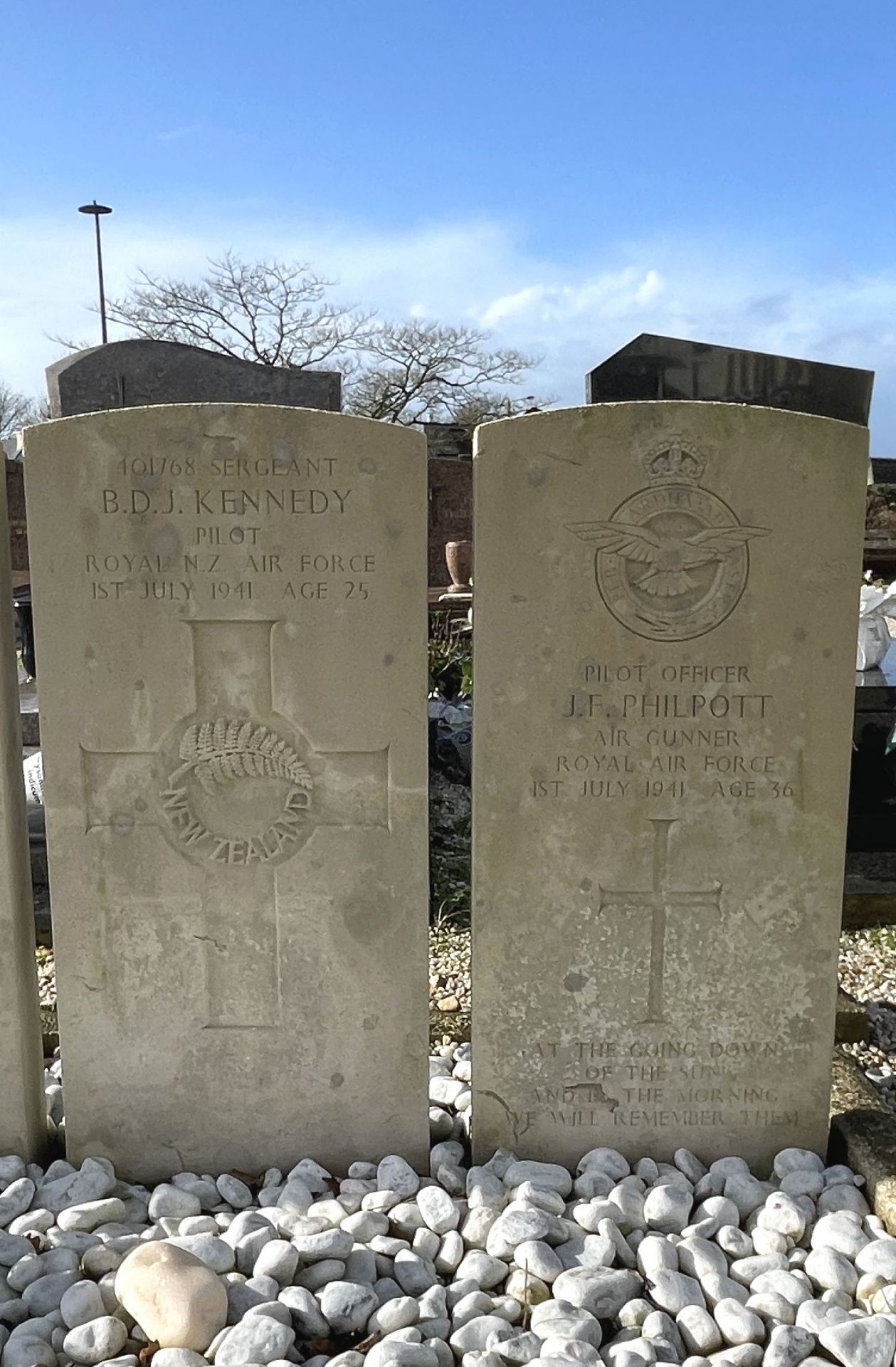
Graves of Sergeant KENNEDY and Pilot Officer PHILPOTT.
Photo ABSA 39-45 (collection Benoît Paquet)
APPENDICES
Extract from document AIR-27-1001-14 (Operational Record Book no 149 Squadron RAF) for the date of July 1st, 1941
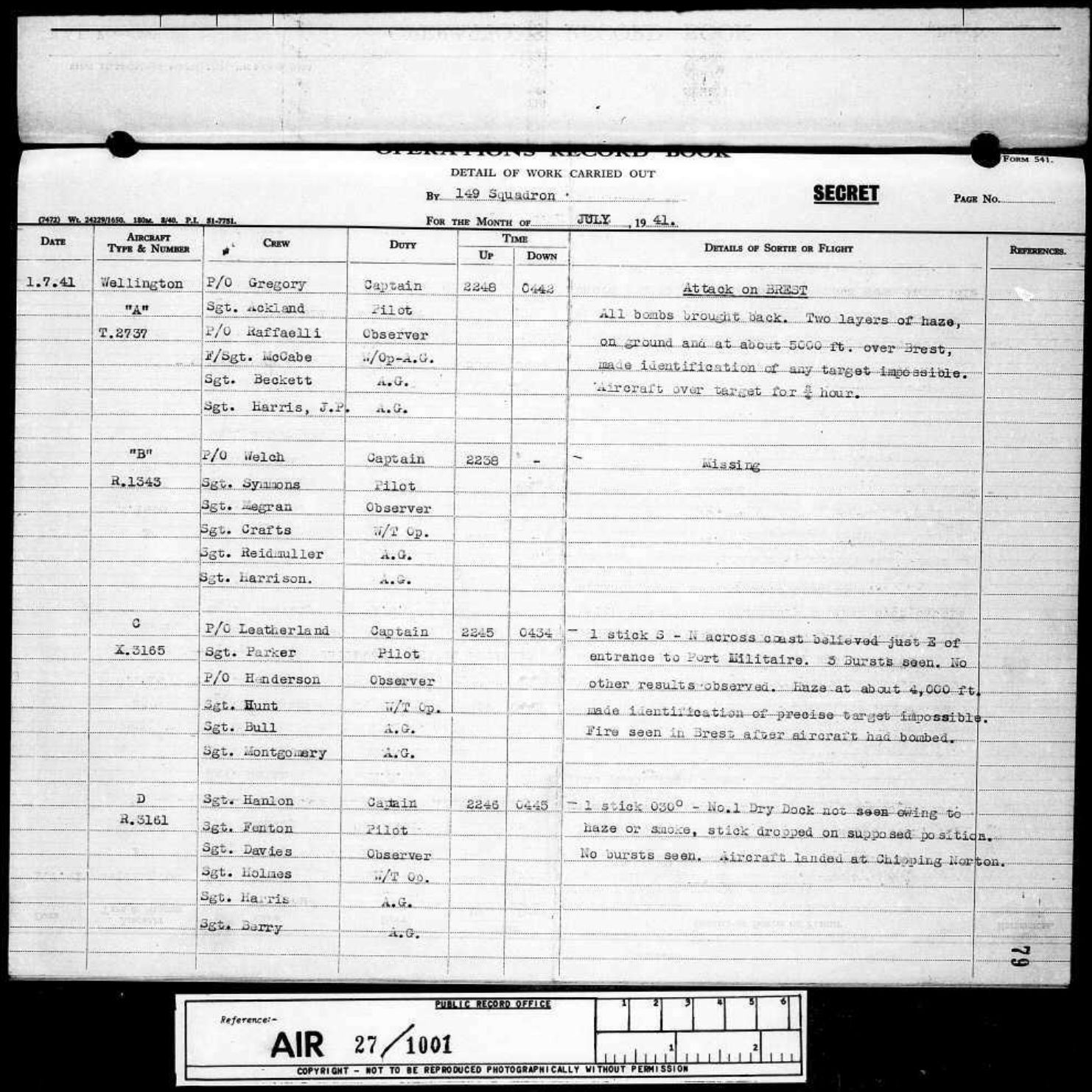

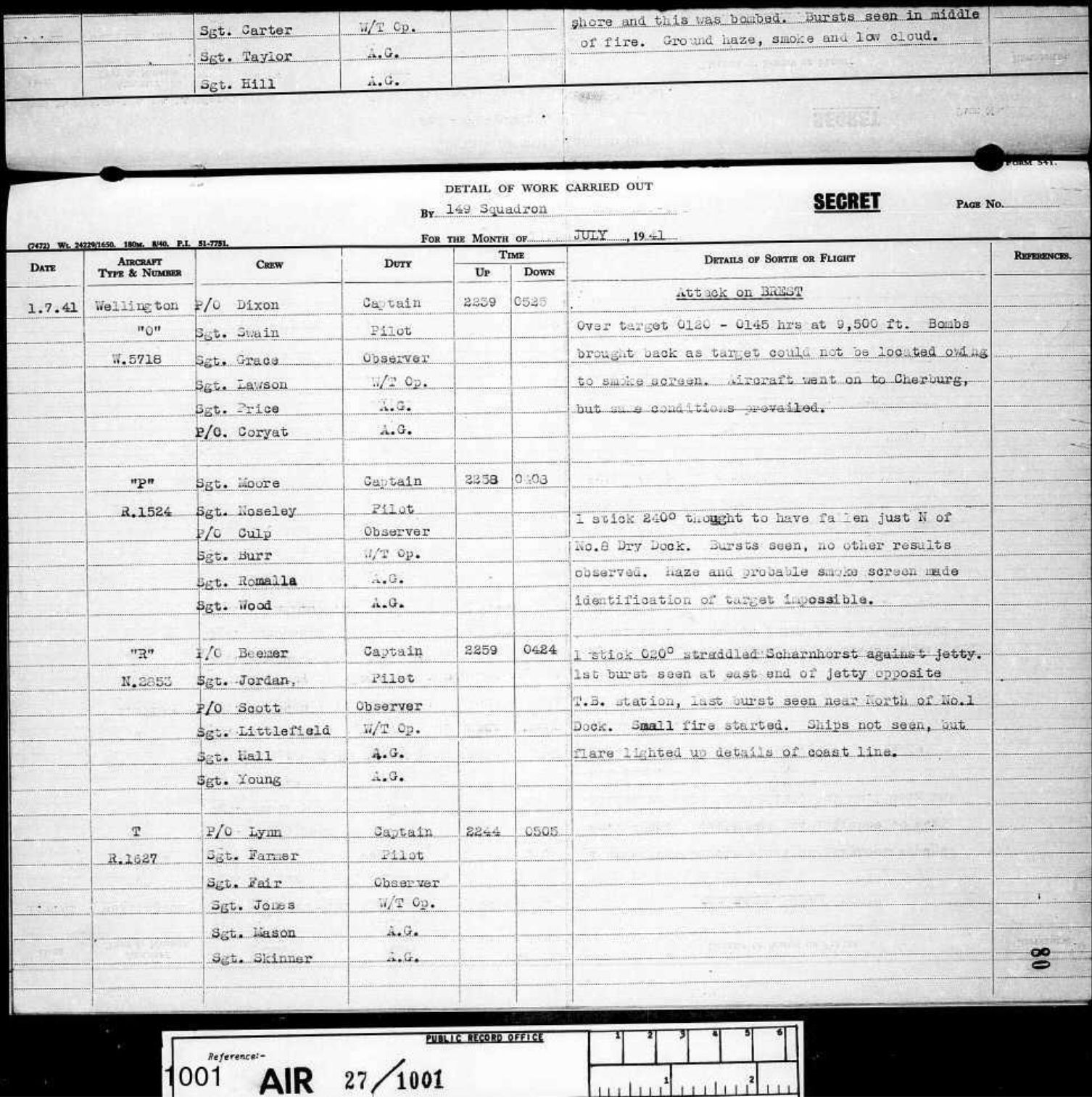
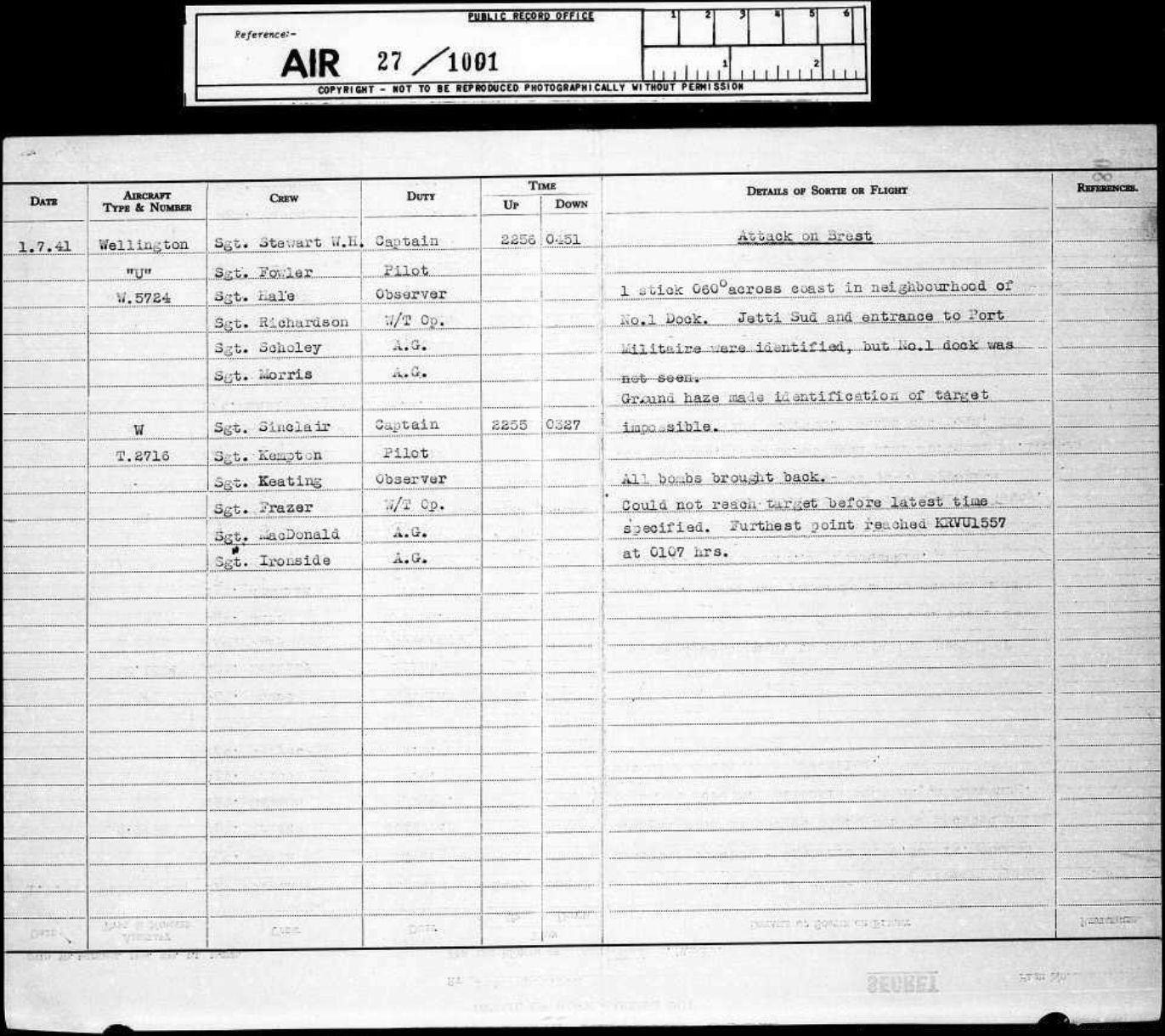
Ajouter un commentaire